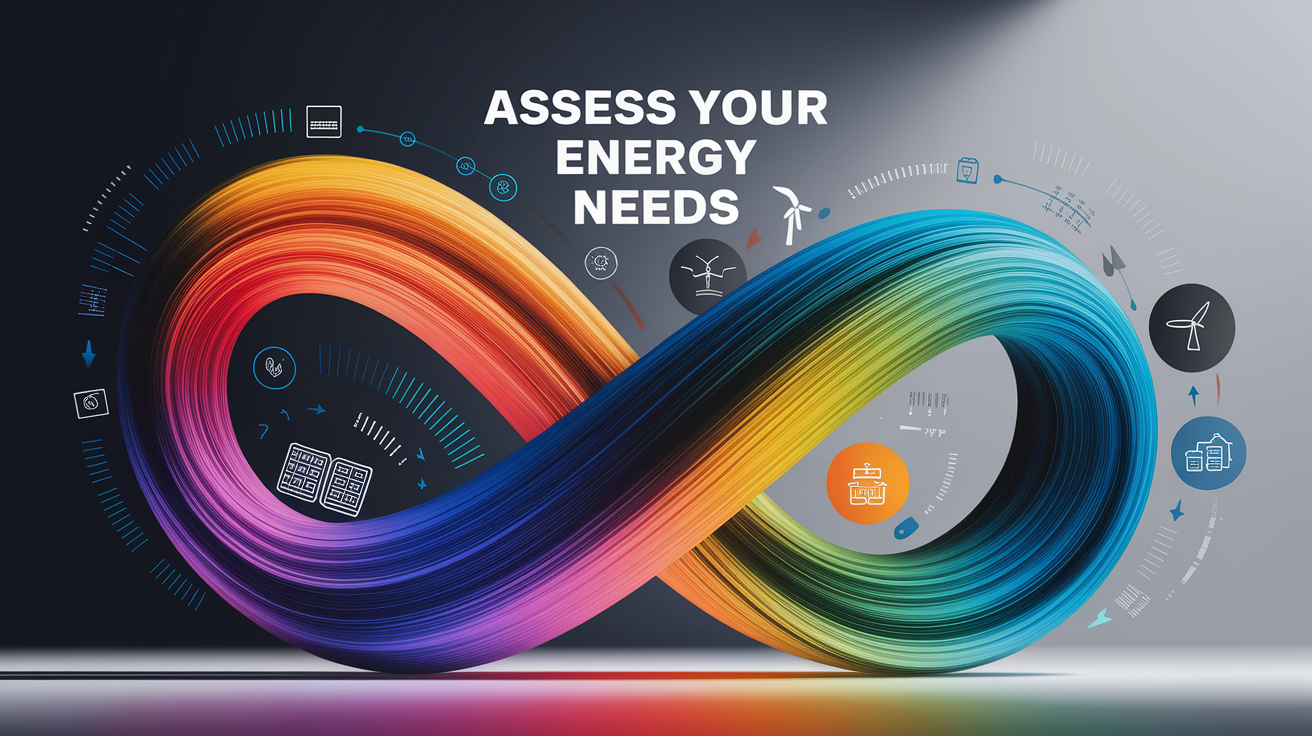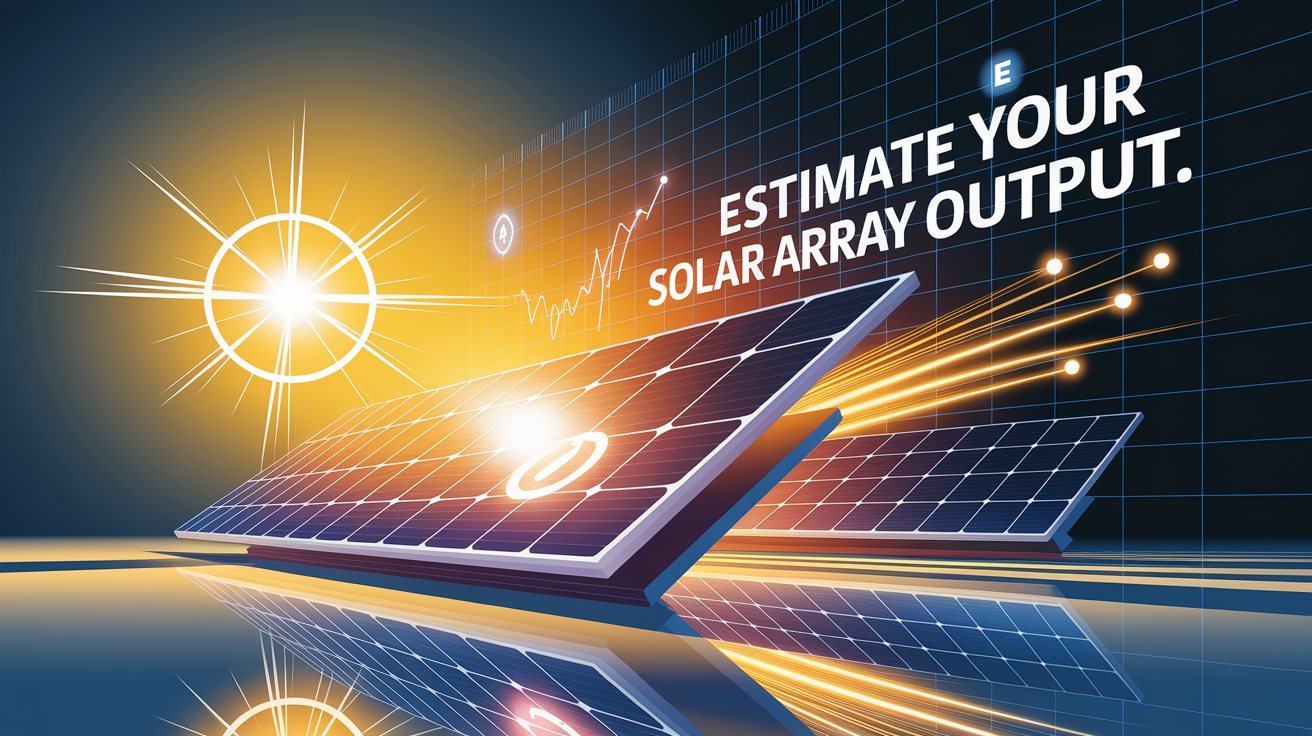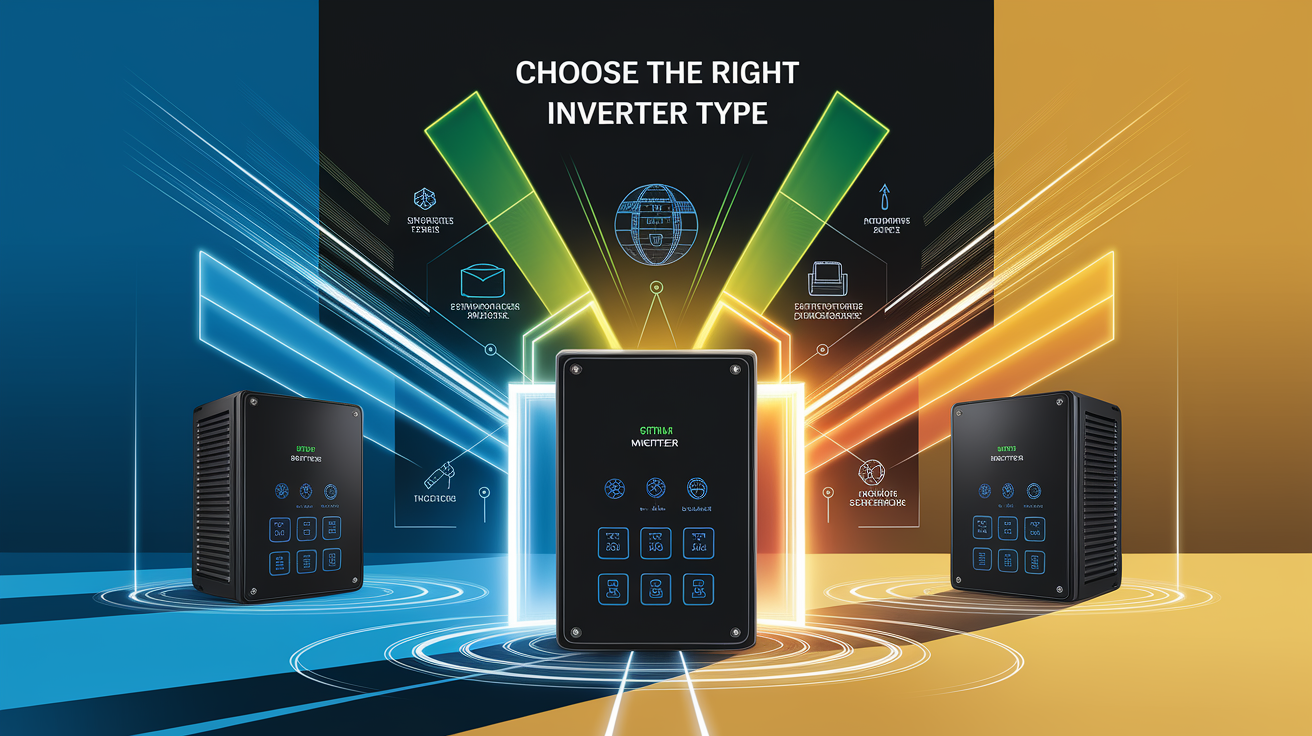Right-Sizing Your Solar Inverter: Power Up Like a Pro
Getting your solar inverter sizing right isn’t just about matching numbers—it’s about maximizing your investment and ensuring decades of reliable performance. The right inverter transforms your solar panel’s DC electricity into usable AC power while optimizing system efficiency and protecting your equipment. Size it wrong, and you’ll face reduced output, shortened equipment life, or unnecessary costs.
Bright Beginnings — Sizing Answer Up Front
Your solar inverter should typically match 80-100% of your solar array’s DC rating. For a 6kW solar panel system, you’d generally select a 5-6kW inverter. However, this baseline gets refined by your specific energy consumption patterns, local climate conditions, and system design goals.

The key principle: inverter capacity must handle your solar array’s maximum power output while operating efficiently within its rated parameters. String inverters, microinverters, and hybrid inverters each follow slightly different sizing approaches, but all require careful matching to your PV system’s characteristics.
Most residential installations benefit from modest inverter oversizing—using a 5kW inverter with 6kW of panels—to account for real-world conditions like temperature variations and partial shading. This approach prevents power clipping during peak production while maintaining optimal inverter efficiency throughout the day.
Assess Your Energy Needs
Start with your electrical load requirements. Review 12 months of utility bills to identify your average monthly kilowatt-hour consumption and peak demand periods. A typical 3-bedroom house consumes 800-1,200 kWh monthly, requiring roughly 6-9kW of solar capacity.
Calculate your peak electrical loads by listing major appliances and their wattage requirements:
- Air conditioning units: 3,000-5,000 watts
- Electric water heaters: 4,000-6,000 watts
- Kitchen appliances: 1,000-3,000 watts combined
- Electronics and lighting: 500-1,500 watts
For grid-tied systems, your inverter needs sufficient capacity to handle simultaneous loads while potentially exporting excess power. Off-grid systems require more precise load calculations since the inverter must handle all electrical demands without grid backup.

Consider surge loads from motors and compressors, which can temporarily demand 3-5 times their running wattage. Your inverter must accommodate these startup surges without tripping protective circuits.
Estimate Your Solar Array Output
Your solar panel configuration directly determines inverter sizing requirements. A typical residential installation ranges from 4kW to 12kW, with each panel contributing 300-450 watts under standard test conditions.
Geographic location significantly impacts sizing decisions. Sunlight intensity and temperature variations affect both panel output and inverter performance. Southern installations may experience more power clipping, favoring slightly larger inverters, while northern systems might prioritize efficiency at lower power levels.

Account for system losses and derating factors:
- Temperature coefficient losses: 10-15%
- Shading and soiling: 5-10%
- DC to AC conversion losses: 2-4%
- Wiring and connection losses: 2-3%
The DC to AC ratio becomes crucial here. A 1.2:1 ratio (6kW panels with 5kW inverter) often optimizes production by capturing more energy during moderate conditions while accepting minimal power clipping during peak irradiance periods.
Choose the Right Inverter Type
String inverters work best for unshaded installations with uniform panel orientation. Size them to handle the combined DC output of connected panel strings, typically allowing 10-20% oversizing for optimal performance. A single string inverter can manage 4-12kW systems cost-effectively.
Microinverters attach to individual panels, eliminating string-level sizing concerns. Each microinverter should match or slightly exceed its paired panel’s wattage rating. This approach maximizes energy harvest in partially shaded conditions but increases per-watt costs.

Hybrid inverters integrate solar charging with battery storage capabilities. Size these units to handle both solar input and battery charging/discharging simultaneously. A typical hybrid inverter might manage 6kW of solar input while providing 5kW of continuous AC output and 3kW of battery charging capacity.
MPPT (Maximum Power Point Tracking) technology in modern inverters optimizes power extraction across varying conditions. Ensure your chosen inverter’s voltage range accommodates your panel configuration’s minimum and maximum voltage outputs throughout temperature extremes.
Factor in Safety and Growth
National Electrical Code (NEC) requirements mandate specific safety margins for solar installations. The 125% rule requires inverter input ratings to exceed 125% of the solar array’s short-circuit current, ensuring safe operation under all conditions.
Plan for future expansion when sizing your initial installation. Choosing an inverter with 20-30% additional capacity allows for adding panels later without replacing the inverter. This approach proves especially valuable for growing households or businesses anticipating increased energy demands.
Temperature considerations affect both inverter efficiency and lifespan. Inverters operating consistently above 85% capacity in high-temperature environments may experience reduced lifespans. Size conservatively in hot climates or ensure adequate ventilation for inverter installations.
Warranty implications matter significantly. Operating inverters beyond their rated specifications can void manufacturer warranties, potentially costing thousands in premature replacements. Proper sizing protects your investment and ensures long-term system reliability.
Shining a Light on Your Next Steps
Successful solar inverter sizing balances technical requirements with practical considerations. Start by calculating your energy consumption and solar array output, then select an inverter type that matches your installation conditions and budget constraints.
Consult with certified solar installers to verify your sizing calculations and ensure code compliance. Professional load assessments and site evaluations can identify factors that impact inverter performance, from shading patterns to electrical panel compatibility.
Remember that inverter sizing affects system performance for 20-25 years. Investing time in proper sizing now prevents costly modifications later while maximizing your solar investment’s returns through optimized energy production and equipment longevity.







